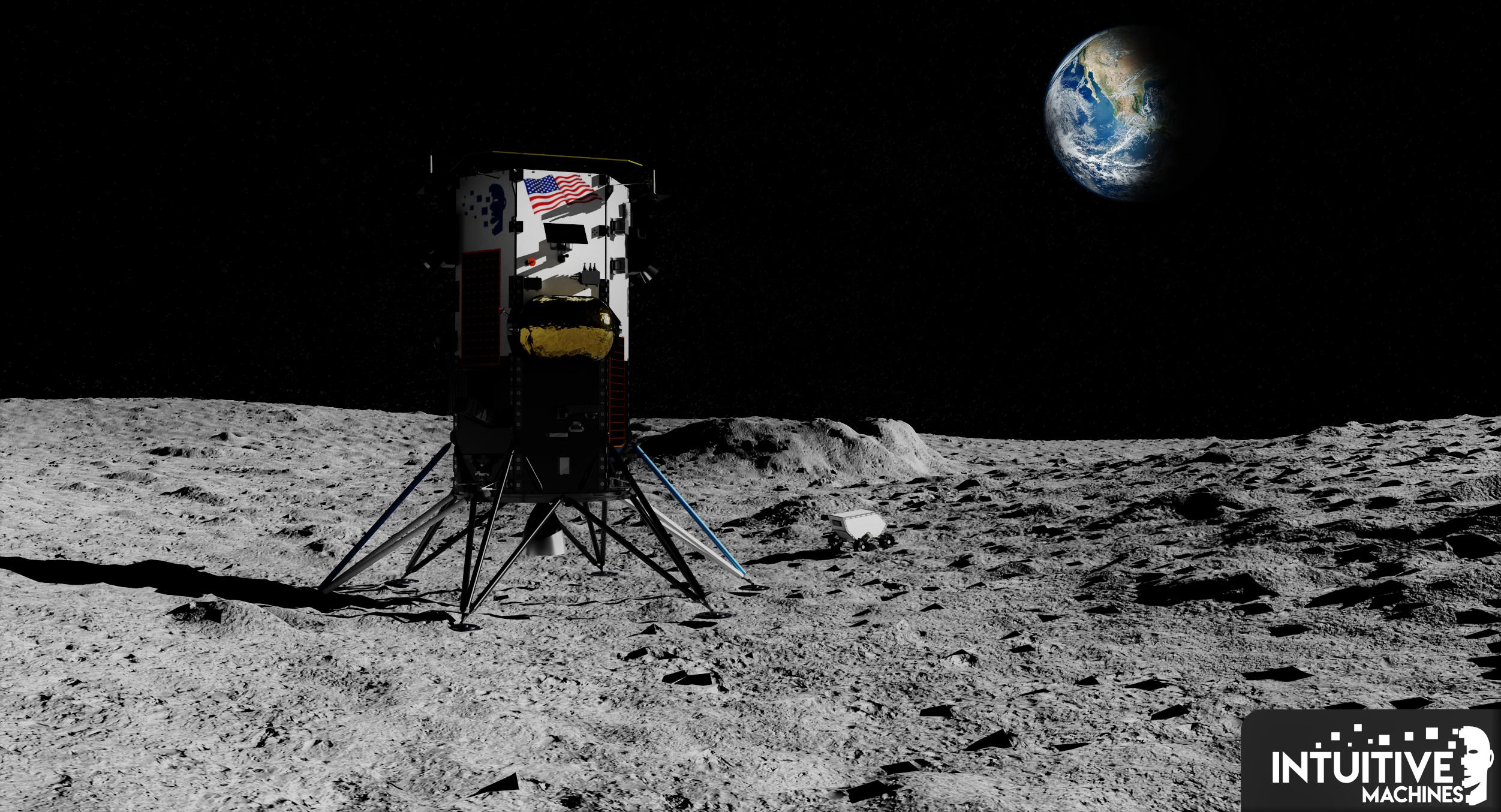
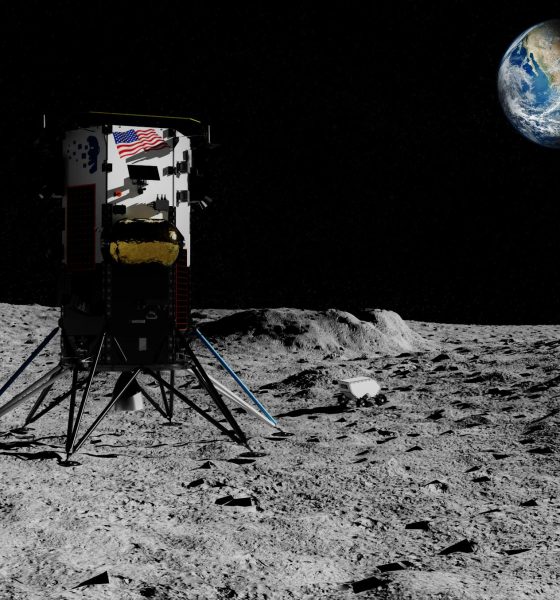
News
SpaceX to launch asteroid mining spacecraft alongside private Moon lander
SpaceX customer Intuitive Machines says it will use spare capacity on one of its Moon lander launches to send startup AstroForge’s first asteroid prospector spacecraft into deep space.
Intuitive Machines’ second Nova-C Moon lander is scheduled to launch no earlier than (NET) Q4 2023 on a SpaceX Falcon 9 rocket. The IM-2 lander is the primary payload but is only expected to weigh about 1.9 tons (~4300 lb). To take advantage of the rocket performance left on the table by the relatively light payload, Intuitive Machines has opted to include a secondary payload adapter ring (ESPA) located below each lander. That gives companies like AstroForge an opportunity to hitch a ride to high Earth orbit, deep space, and the Moon for a likely unbeatable price.
Built by UK startup Orbital Astronautics, AstroForge’s Brokkr-2 spacecraft will attempt to become the first private vehicle to prospect for resources on an asteroid. It’s also the third rideshare payload announced for Intuitive Machines’ IM-2 mission.
We’re excited to launch these missions and many more to come. More information on this year’s launches: https://t.co/MSR61V8Lh7— AstroForge (@ForgeAstro) January 24, 2023
The update that's rolling out to the fleet makes full use of the front and rear steering travel to minimize turning circle. In this case a reduction of 1.6 feet just over the air— Wes (@wmorrill3) April 16, 2024
Lunar Trailblazer
Coincidentally, the main purpose of the second IM-2 rideshare payload to be announced is to search for resources in space. It isn’t concerned with asteroids, but NASA’s 200-kilogram (440 lb) Lunar Trailblazer spacecraft is designed to find, characterize, and map water ice resources on the Moon. That map could help future missions explore the possibility of turning lunar ice into commodities like breathable oxygen or rocket propellant.
The challenges facing such a concept are extreme, but a rocket propellant depot located on the lunar surface could significantly increase the performance of future Moon landers. Propellant depots in cislunar orbit could also help boost spacecraft further and faster to destinations elsewhere in the solar system.
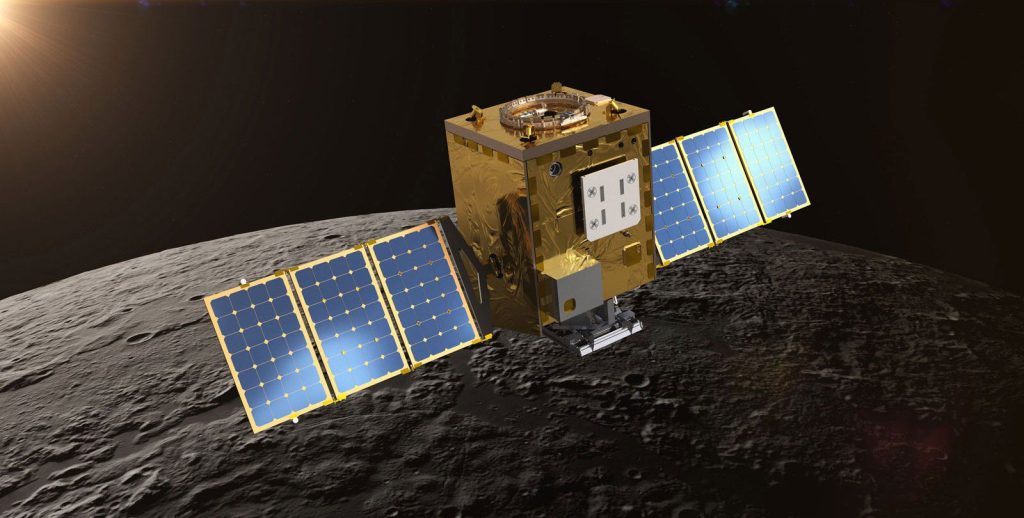
Tanker-002
The first IM-2 rideshare payload to be announced was OrbitFab’s Tanker-002 spacecraft. It’s unclear if OrbitFab is on track to fly Tanker-002 in late 2023, but the spacecraft is meant to be the first geostationary propellant depot ever launched. The Colorado startup has already won a $13.3 million contract from the US military to refuel satellites in geostationary orbit, 36,000 kilometers (~22,250 mi) above Earth’s surface. It’s possible that Tanker-002 is meant to support that refueling mission.
The spacecraft is designed to carry a few hundred pounds of hydrazine monopropellant, potentially enabling it to extend the useful lives of multiple multimillion-dollar satellites by several years. Alongside IM-2, Falcon 9 will launch Tanker-002 on a lunar flyby trajectory. But thanks to the cooperation of startup GeoJump, instead of entering orbit around the Moon, Tanker-002 will slingshot around the Moon to slow itself down. That lunar slingshot will allow the depot to efficiently enter geostationary orbit, where it can begin refueling spacecraft.
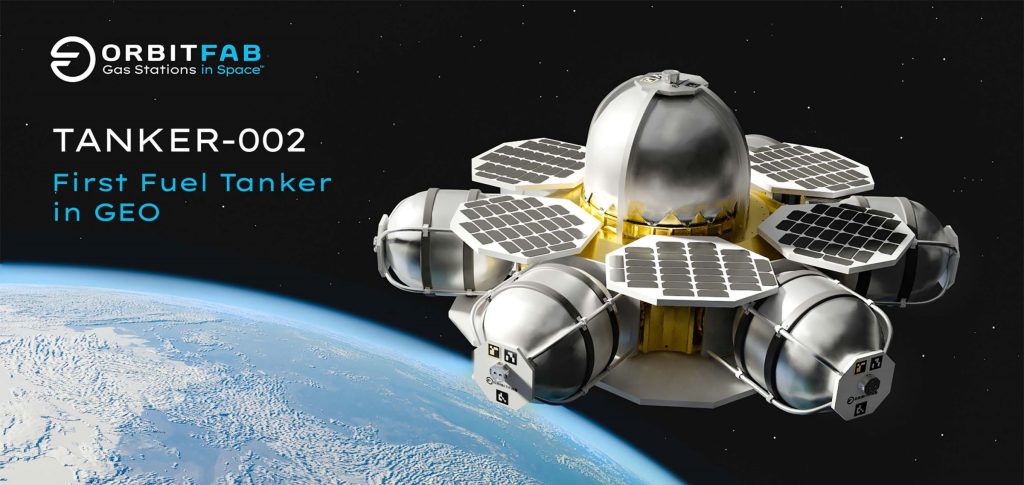
Brokkr-2
Brokkr-2 is the second of two AstroForge spacecraft scheduled to launch in 2023. The first, Brokkr-1, will head to low Earth orbit (LEO) as early as April 2023 on SpaceX’s seventh Falcon 9 rideshare launch. Once in orbit, it will attempt to demonstrate technology AstroForge has developed to refine platinum ore in microgravity conditions. Brokkr-2 will then visit an asteroid and search for platinum resources. If enough platinum is discovered, Bloomberg reports that AstroForge will send a third mission to demonstrate the ability to land on the asteroid. As early as 2025, AstroForge’s fourth mission would be the first to attempt to land, gather ore, turn that ore into platinum, and return the precious metal to Earth.
AstroForge has raised $13 million to date. Unlike failed asteroid mining startups Deep Space Industries and Planetary Resources, the new company intends to exploit increasingly capable off-the-shelf hardware and services to keep its costs as low as possible. In theory, that will allow it to focus most of its resources on developing the unproven technology required to gather and refine space-based resources.
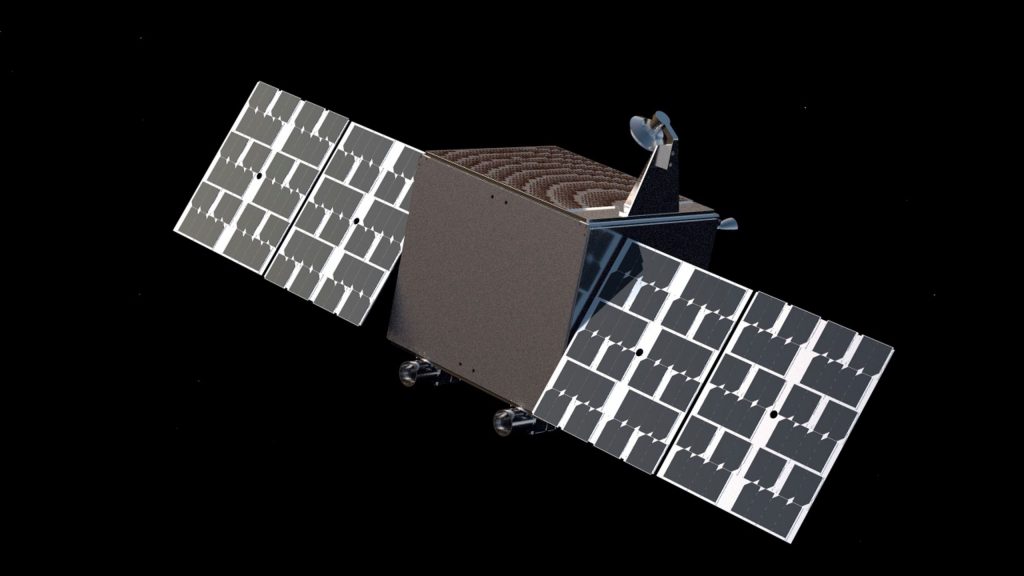
IM-2
Finally, the IM-2 Nova-C Moon lander’s primary payload is a pair of NASA instruments designed to drill into the lunar surface and analyze the regolith for volatiles. Also known as PRIME-1, the mission will be NASA’s first serious exploration of in-situ resource utilization (ISRU) on the Moon.
The mission is a sort of microcosm of the future of space utilization, which may focus heavily on ISRU and refueling to extend the capabilities of chemically-powered rockets and spacecraft. Lunar Trailblazer will map lunar water resources. Brokkr-2 will attempt to prospect an asteroid for extractable metal. IM-2 will test technologies that could help extract resources from the Moon. And Tanker-002 will be a significant step forward for commercial propellant depots, which could eventually create markets for space resources.

Cybertruck
Tesla updates Cybertruck owners about key Powershare feature

Tesla is updating Cybertruck owners on its timeline of a massive feature that has yet to ship: Powershare with Powerwall.
Powershare is a bidirectional charging feature exclusive to Cybertruck, which allows the vehicle’s battery to act as a portable power source for homes, appliances, tools, other EVs, and more. It was announced in late 2023 as part of Tesla’s push into vehicle-to-everything energy sharing, and acting as a giant portable charger is the main advantage, as it can provide backup power during outages.
Cybertruck’s Powershare system supports both vehicle-to-load (V2L) and vehicle-to-home (V2H), making it flexible and well-rounded for a variety of applications.
However, even though the feature was promised with Cybertruck, it has yet to be shipped to vehicles. Tesla communicated with owners through email recently regarding Powershare with Powerwall, which essentially has the pickup act as an extended battery.
Powerwall discharge would be prioritized before tapping into the truck’s larger pack.
However, Tesla is still working on getting the feature out to owners, an email said:
“We’re writing to let you know that the Powershare with Powerwall feature is still in development and is now scheduled for release in mid-2026.
This new release date gives us additional time to design and test this feature, ensuring its ability to communicate and optimize energy sharing between your vehicle and many configurations and generations of Powerwall. We are also using this time to develop additional Powershare features that will help us continue to accelerate the world’s transition to sustainable energy.”
Owners have expressed some real disappointment in Tesla’s continuous delays in releasing the feature, as it was expected to be released by late 2024, but now has been pushed back several times to mid-2026, according to the email.
Foundation Series Cybertruck buyers paid extra, expecting the feature to be rolled out with their vehicle upon pickup.
Cybertruck’s Lead Engineer, Wes Morrill, even commented on the holdup:
As a Cybertruck owner who also has Powerwall, I empathize with the disappointed comments.
To their credit, the team has delivered powershare functionality to Cybertruck customers who otherwise have no backup with development of the powershare gateway. As well as those with solar…
— Wes (@wmorrill3) December 12, 2025
He said that “it turned out to be much harder than anticipated to make powershare work seamlessly with existing Powerwalls through existing wall connectors. Two grid-forming devices need to negotiate who will form and who will follow, depending on the state of charge of each, and they need to do this without a network and through multiple generations of hardware, and test and validate this process through rigorous certifications to ensure grid safety.”
It’s nice to see the transparency, but it is justified for some Cybertruck owners to feel like they’ve been bait-and-switched.
News
Tesla’s northernmost Supercharger in North America opens

Tesla has opened its northernmost Supercharger in Fairbanks, Alaska, with eight V4 stalls located in one of the most frigid cities in the U.S.
Located just 196 miles from the Arctic Circle, Fairbanks’s average temperature for the week was around -12 degrees Fahrenheit. However, there are plenty of Tesla owners in Alaska who have been waiting for more charging options out in public.
There are only 36 total Supercharger stalls in Alaska, despite being the largest state in the U.S.
Eight Superchargers were added to Fairbanks, which will eventually be a 48-stall station. Tesla announced its activation today:
North America’s northernmost Supercharger Fairbanks, AK (8 stalls) opened to public. https://t.co/M4l04DZ6B5 pic.twitter.com/zyL6bDuA93
— Tesla Charging (@TeslaCharging) December 12, 2025
The base price per kWh is $0.43 at the Fairbanks Supercharger. Thanks to its V4 capabilities, it can charge at speeds up to 325 kW.
Despite being the northernmost Supercharger in North America, it is not even in the Top 5 northernmost Superchargers globally, because Alaska is south of Norway. The northernmost Supercharger is in Honningsvåg, Norway. All of the Top 5 are in the Scandanavian country.
Tesla’s Supercharger expansion in 2025 has been impressive, and although it experienced some early-quarter slowdowns due to V3-to-V4 hardware transitions, it has been the company’s strongest year for deployments.
🚨🚨 Tesla Supercharging had a HUGE year, and they deserve to be recognized.
🍔 Opened Tesla Diner, a drive-in movie theater with awesome, Chef-curated cuisine
🔌 Gave access to Superchargers to several EV makers, including Hyundai, Genesis, Mercedes-Benz, Kia, Lucid, Toyota,… pic.twitter.com/yYT2QEbqoW
— TESLARATI (@Teslarati) December 10, 2025
Through the three quarters of 2025, the company has added 7,753 stations and 73,817 stalls across the world, a 16 percent increase in stations and an 18 percent increase in stalls compared to last year.
Tesla is on track to add over 12,000 stalls for the full year, achieving an average of one new stall every hour, an impressive statistic.
Recently, the company wrapped up construction at its Supercharger Oasis in Lost Hills, California, a 168-stall Supercharger that Tesla Solar Panels completely power. It is the largest Supercharger in the world.
News
Tesla shocks with latest Robotaxi testing move
Why Tesla has chosen to use a couple of Model S units must have a reason; the company is calculated in its engineering and data collection efforts, so this is definitely more than “we just felt like giving our drivers a change of scenery.”

Tesla Model S vehicles were spotted performing validation testing with LiDAR rigs in California today, a pretty big switch-up compared to what we are used to seeing on the roads.
Tesla utilizes the Model Y crossover for its Robotaxi fleet. It is adequately sized, the most popular vehicle in its lineup, and is suitable for a wide variety of applications. It provides enough luxury for a single rider, but enough room for several passengers, if needed.
However, the testing has seemingly expanded to one of Tesla’s premium flagship offerings, as the Model S was spotted with the validation equipment that is seen entirely with Model Y vehicles. We have written several articles on Robotaxi testing mules being spotted across the United States, but this is a first:
🚨 Tesla is using Model S vehicles fitted with LiDAR rigs to validate FSD and Robotaxi, differing from the Model Ys that it uses typically
Those Model Y vehicles have been on the East Coast for some time. These Model S cars were spotted in California https://t.co/CN9Bw5Wma8 pic.twitter.com/UE55hx5mdd
— TESLARATI (@Teslarati) December 11, 2025
Why Tesla has chosen to use a couple of Model S units must have a reason; the company is calculated in its engineering and data collection efforts, so this is definitely more than “we just felt like giving our drivers a change of scenery.”
It seems to hint that Tesla could add a premium, more luxury offering to its Robotaxi platform eventually. Think about it: Uber has Uber Black, Lyft has Lyft Black. These vehicles and services are associated with a more premium cost as they combine luxury models with more catered transportation options.
Tesla could be testing the waters here, and it could be thinking of adding the Model S to its fleet of ride-hailing vehicles.
Reluctant to remove the Model S from its production plans completely despite its low volume contributions to the overall mission of transitioning the world to sustainable energy, the flagship sedan has always meant something. CEO Elon Musk referred to it, along with its sibling Model X, as continuing on production lines due to “sentimental reasons.”
However, its purpose might have been expanded to justify keeping it around, and why not? It is a cozy, premium offering, and it would be great for those who want a little more luxury and are willing to pay a few extra dollars.
Of course, none of this is even close to confirmed. However, it is reasonable to speculate that the Model S could be a potential addition to the Robotaxi fleet. It’s capable of all the same things the Model Y is, but with more luxuriousness, and it could be the perfect addition to the futuristic fleet.








